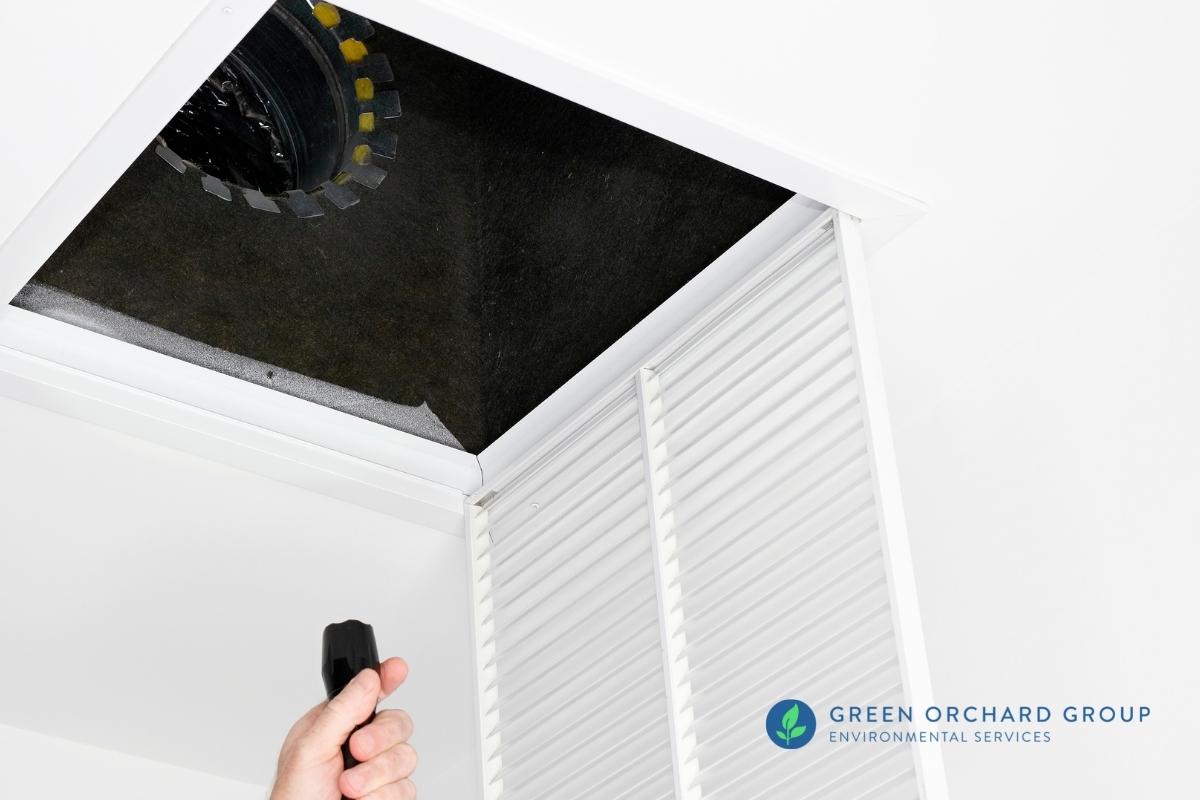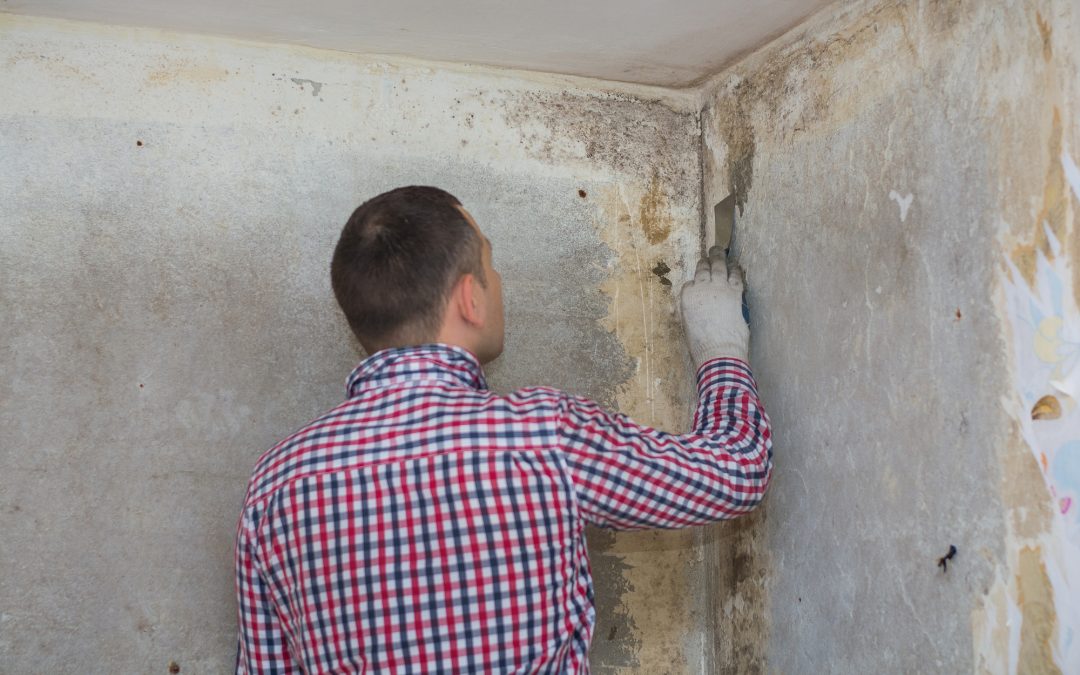Your Ultimate Overview to Message Mold Remediation Methods
Navigating the realm of post-mold removal strategies is a precise process that demands attention to detail and a comprehensive understanding of the complexities involved. In the aftermath of mold and mildew invasion, understanding just how to successfully eliminate the mold and mildew and stop its reoccurrence is extremely important for keeping a healthy and balanced indoor setting. From selecting the best cleaning and sanitizing methods to applying methods for long-lasting mold prevention, each action in the remediation trip plays an important function in making certain an effective outcome. As we embark on this exploration of post-mold removal techniques, we will certainly uncover the key strategies and ideal practices that can aid you restore your room to its pre-mold problem and safeguard it versus future mold and mildew dangers.
Recognizing Post-Mold Removal Process
After finishing the mold and mildew remediation procedure, it is essential to understand the post-mold remediation techniques that are necessary to make certain a extensive and efficient clean-up. Once the mold has been gotten rid of, the following step involves cleansing and decontaminating the influenced locations to stop any regrowth of mold and mildew. This includes utilizing specialized cleaning representatives to clean down surface areas and kill any type of staying mold spores. It is vital to dry the area completely to inhibit the development of mold in the future (Post remediation mold testing near me). Appropriate air flow and dehumidification can help in this process.
Moreover, conducting a last assessment post-remediation is vital to make sure that all mold and mildew has been efficiently eliminated. This examination must include an extensive visual check along with perhaps air tasting to validate the lack of mold and mildew spores airborne. Additional remediation may be essential if the assessment discloses any lingering mold. Last but not least, informing passengers on preventative procedures such as controlling dampness levels and promptly attending to any water leakages can aid preserve a mold-free environment.
Efficient Cleaning and Decontaminating Techniques

Protecting Against Future Mold And Mildew Development

Relevance of Correct Air Flow
Appropriate ventilation plays a crucial function in avoiding moisture accumulation, a vital factor in mold growth within indoor atmospheres. Efficient ventilation systems help eliminate excess moisture from the air, decreasing the opportunities of mold spores finding the dampness they need to germinate and spread out. Without sufficient air flow, indoor areas can end up being a breeding place for mold, resulting in possible wellness threats and structural damage.
By ensuring correct air flow, air flow systems can likewise aid in drying moist locations faster after water damage or flooding cases, further deterring mold and mildew development. Post Mold Remediation Report. Precede like washrooms, attic rooms, basements, and cooking areas where moisture levels have a tendency to be greater, setting up and keeping reliable ventilation systems is vital in avoiding mold infestations

Surveillance and Maintenance Tips
Given the critical duty that appropriate ventilation plays in preventing mold growth, it is essential to develop effective tracking and maintenance ideas to guarantee the continued capability of air flow systems. Routine evaluations of air flow systems need to be conducted to examine for any type of indications of clogs, leaks, or malfunctions that might impede appropriate airflow. Tracking humidity levels within the residential property is additionally important, as high humidity can add to mold and mildew growth. Mounting a hygrometer can assist track humidity degrees and alert home owners to any spikes that may call for interest. Additionally, ensuring that air filters are on a regular basis cleaned or changed is important for keeping the performance of the ventilation system. Carrying out a schedule for routine maintenance tasks, such as duct cleaning and cooling and heating system assessments, can help avoid issues before they intensify. By remaining conscientious and proactive to the problem of ventilation systems, property owners can properly minimize the threat of mold and mildew regrowth and maintain a healthy interior setting.
Final Thought
Finally, post-mold remediation strategies are essential for making sure a clean and safe environment. Understanding the process, applying reliable cleansing and decontaminating approaches, avoiding future mold and mildew development, maintaining proper air flow, and routine surveillance are all vital action in the remediation process. By complying with these guidelines, you can efficiently get rid of mold and prevent its return, working or advertising a healthy and balanced living area for all residents.
In the aftermath of mold and mildew infestation, recognizing exactly how to successfully remove the mold and avoid its reoccurrence is critical for maintaining a healthy and balanced interior atmosphere. As soon as the mold and mildew has actually been Post Remediation verification gotten rid of, the next step includes cleaning and sanitizing the affected locations to protect against any kind of regrowth of mold - After mold remediation. After removing visible mold growth, it is important to clean all surfaces in the afflicted area to get rid of any type of continuing to be mold and mildew spores. To better improve mold prevention actions, it is necessary to deal with underlying issues that originally led to mold and mildew growth.Given the crucial duty that correct air flow plays in protecting against mold development, it is necessary to develop efficient tracking and maintenance ideas to make sure the ongoing performance of ventilation systems